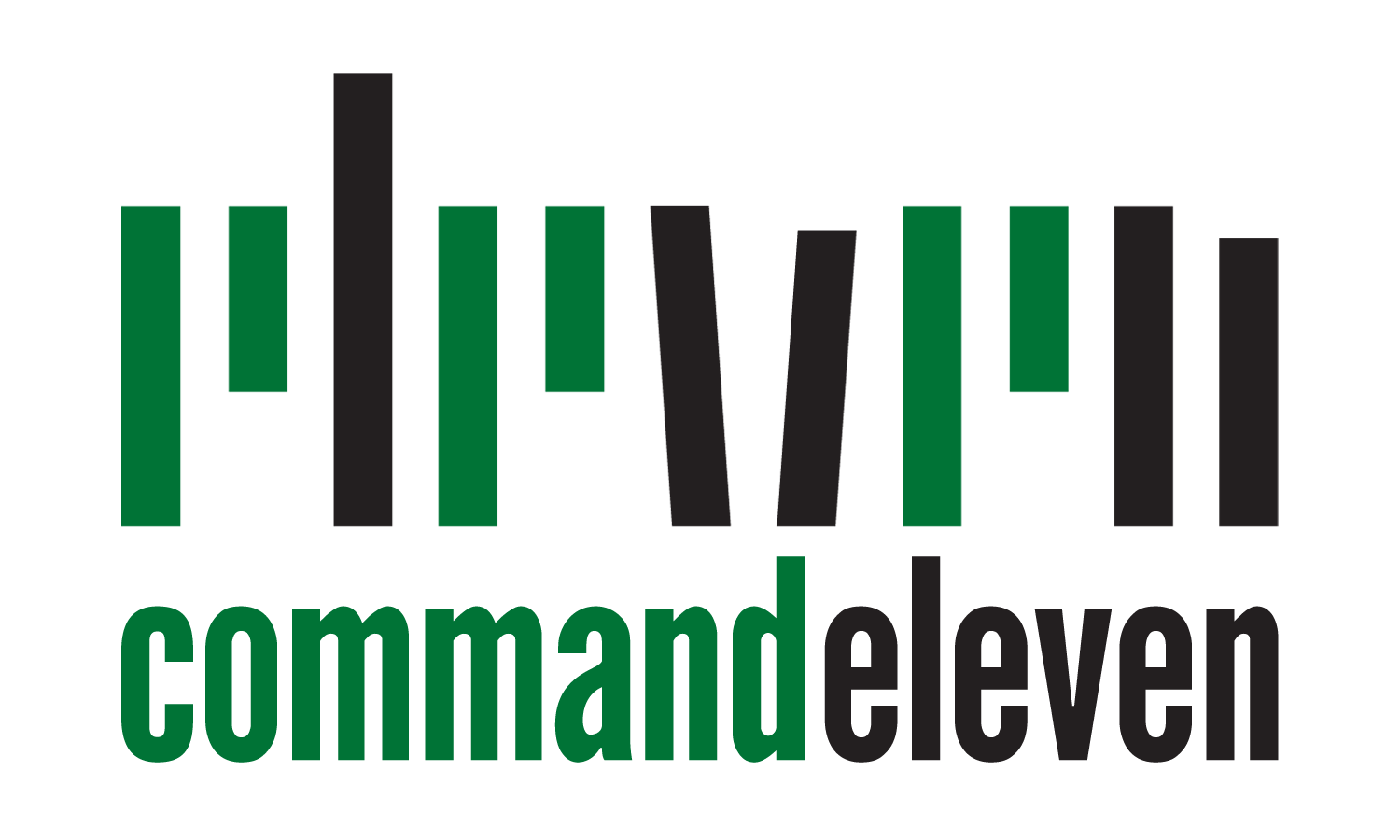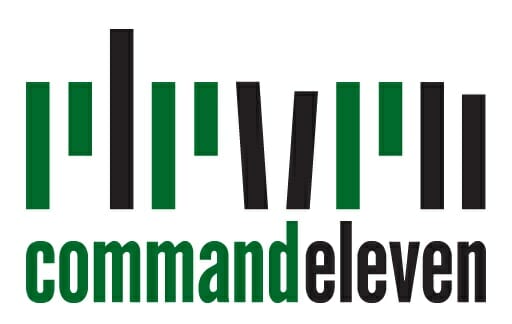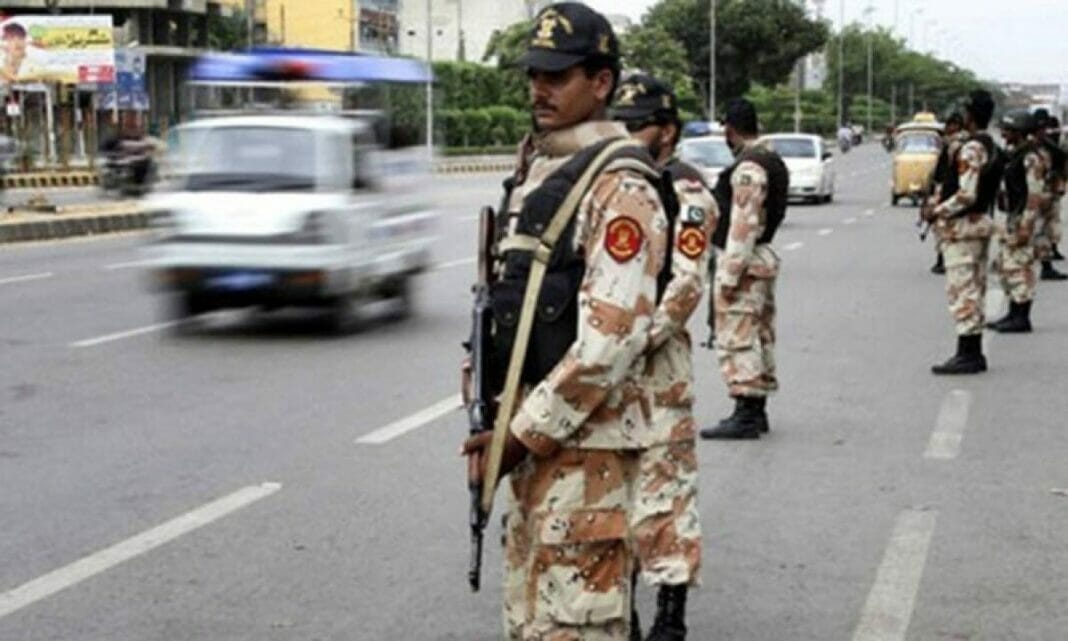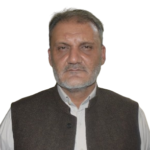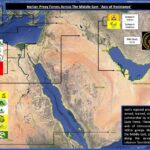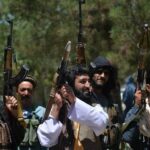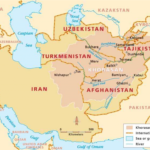No matter how anyone tries to describe Karachi, from the ethnic areas to the communities, and to the landmarks that spot the landscape, the economic hub of Pakistan is a city without peace. For many, Karachi is mini-Pakistan, where everyone can earn higher wages than they can earn in their villages and other urban centers. This has always been the draw to the City of Lights, but sadly, the city has not been able to maintain that standard.
When you add in urban mismanagement, corruption and victimization, it is no wonder that Karachi struggles with First World problems in a Third World city. With over 20 million people calling it home, Karachi has been a victim of violence, political point-scoring and rampant crime for decades.
For a city, any city in the world, to effectively limit militancy and violence, it must have effective and transparent governance, affordable education, economic opportunities for those who are qualified, adequate housing options and a police force able to secure the population. When a combination of these things is not available, the population becomes open to any incentive to earn. This is where the militancy problem starts.
Let’s break it down.
Disenfranchisement
Militancy is rooted in disenfranchisement, whether it is economic, religious or social. When that disenfranchisement is capitalized upon by motivated individuals, even the most educated will turn their heads toward the opportunities. For decades, Pakistan has mistakenly looked at this issue with blinders on, assuming that militants only come from madrassas and backward areas of the country. That model has been effectively broken in the new age of global, sleek, terrorist organizations.
To understand the shift, let’s understand one of Al-Qaeda’s operating protocols. While their foot soldiers are drafted from the madrassas, the commanders and leadership come from strong educational backgrounds, are well-spoken and can easily mix with society, providing them with excellent opportunities to recruit and influence others. These cell leaders are also tasked with additional activities like logistics, administration, public relations and fund raising. They are counted on for their skills and education to be able to oversee the bigger picture, rather than being focused on the small operational details that are left to fighters that are easily sacrificed.
Understanding this principle, it becomes much easier to see why Karachi is the best recruiting fair in the country. From Sohrab Goth to Clifton and Buffer Zone to Malir, Karachi has a great many people economically, socially and religiously disenfranchised – for whatever individually perceived reasons, from mainstream society.
For a recruiter, this is the dream scenario, but there are more factors that spur and incite the fires of militancy that have not been controlled for decades.
Policing
Karachi struggles with a police force that is neither effective nor capable. Most of the roughly 27,000-strong police force is appointed through political channels, often in return for political favors. Of the 27,000, almost 11,000 are designated for the protection of VVIPs and investigations. What it translates to is roughly, 1,250 Karachiites for every remaining police official. This is in stark contrast to the 55,000 security guards employed in various private companies, a growing security risk themselves, around the city.
For comparison purposes, London has almost double the number of police as Karachi for half the population; a ratio of 274:1. New York City has roughly the same population as London with 34,000 uniformed officers, a ratio of 250:1. New Delhi has 5 million more people than Karachi and an astounding police strength of almost 80,000; a ratio of 312:1. Karachi’s ratio of 1250:1 is in direct contrast to the Sindh Police Rules, which states 450:1 an accepted ratio.
Is it any surprise that crime rates are lower and policing far better in these cities, compared to Karachi?
The disparate ratio aside, Karachi’s police force, in particular its reporting and investigation procedures frustrate many people at every police station in the city. When a citizen ventures to the police for assistance, they are met with numerous excuses why they can’t be helped; the excuses ranging from no fuel in the police vehicles to police officials unwilling to lodge the police report for a crime that has been committed. When they do actually bother to do their job, the first suspects are often the people who work in a home or office. There are no forensic measures employed to solve a crime. Mostly, people from the lower strata of society are often tortured or abused into false confessions.
It is incredibly rare for someone with means and contacts in high places to be arrested, or tried for any criminal activity in Pakistan.
These factors mean there are many pockets in Karachi that are unsecured, allowing for militant organizations to establish their presence and exploit the population of those areas; to recruit, fundraise and shelter their own members. And every militant organization from Ahl-e-Sunnat-wal-Jamaat (ASWJ) to the TTP has taken advantage of these pockets to establish their bases in Karachi.
Stark Economic Differences
In any urban center around the world, you will see differences in economic situations. There will be a lower, middle and upper class, no matter what city demographics you examine. The differentiating factor is that every class has the opportunity to grow out of their current station in life. When this model is applied to Karachi, the model is demolished.
Karachi, much like Pakistan, has two distinct economic classes – the wealthy and those who work for them. The middle class of the country is virtually non-existent. Unlike any other urban center, there is no chance for someone from the lower classes to move up from their station in life. They are not provided the same educational opportunities, nor provided the same economic opportunities and never considered a real part of mainstream society. They are banished because many of their population work as drivers, gardeners, guards, cooks and cleaners in the homes of the wealthy and middle class.
Now, understand the dynamic. Here is a person who will never be able to have even 1/4th of the things that a middle class home contains, having to work like a dog for a menial salary; cooking, cleaning, looking after those who don’t consider them part of the society they live in. Not everyone is like this, but to say the majority shares this thinking would not be incorrect. These economic differences drive a further wedge between the people of the city and the country, making it easier for the recruiters to pick people off for their cause, ideology or violent passions.
But here is what makes this interesting. You also have members of the middle class and upper class that are part of the militancy movements. Their interest, or disenfranchisement, comes from the lack of equality in society. They see themselves as hardworking, honest individuals who are not rewarded for their intelligence, honesty and work ethic, whereas the uber-wealthy are rewarded for underhand, illegal and unfair tactics. Their draw to the militancy movements is to restore a level of equality for themselves, expecting to even the playing field economically.
Religious Interpretations
In Pakistan, we have all learned that religious interpretation, or misinterpretation, is the stick in everyone’s throat. When religion is intentionally misinterpreted, it can become a mass motivator for hatred and violence, and the recruiters of the militant groups have effectively implemented this strategy as the core of their teachings. While we can’t paint all the religious seminaries with the same brush, many of the fringe, unregistered ones are specialists in teaching, and repeatedly pointing out, differences between the sects of Islam from a very young age. It is not difficult to find someone teaching that Shias are not Muslims, or that Deobandis or Barelvis are worthy of death because of their minor differences in interpretation of religious text. Then you have the extremist and terrorist groups that only teach hate using misinterpreted Quranic verses. While the distinctions are minor from one group to the other, each one teaches distrust and a level of dislike from the pulpit.
There was a suicide bomber who was caught before he was able to detonate, and he was interviewed on a domestic television channel. He was asked why he felt suicide bombing was an Islamic form of war when so many innocent people were killed. His answer was both astonishing and a clear demonstration of the ideology they have been instructed upon. He said, “I will only be judged by Allah for the one that I was there to kill. The others I will not be judged for because they were not my target.”
You won’t find that in the Quranic teachings. Murder is wrong. Suicide is wrong. Both will send you to hell. For those who doubt, they can look up the many fatwas that have been endorsed by leading imams decrying the practice of suicide bombing as haram but they are not taught these things. They are taught the misinterpreted, misunderstood verses from an imam whose own understanding of the Quran is based on the teachers that he had previously, who were most likely similarly uninformed.
Couple this with an educated, religious class, who believes the westernization of Pakistan—with jeans, t-shirts, no sleeves and other such symbols of that culture have destroyed the Islamic values of Pakistan. These individuals are the key factor in brainwashing those in their circle of influence, drawing people to extremist imams and making sure that their children are guarded against this cultural war. Their support for militant organizations comes from the misguided belief that an Islamic society will be re-established if these ills are removed, in any manner possible.
Political Affiliations
With the growth of demi-religious parties during the Zia dictatorship, Pakistan has been jerked in two separate directions by both the new players and those who emerged afterwards. Let’s look at two of the major players in the militancy movement.
The Jamaat-e-Islami, a mainstream Deobandi religious movement, gained great acceptance and influence during the government of Zia-ul-Haq. Prior to his government, they were a fringe party regularly kept on the outside of the mainstream political conversation. When Zia came to power, it was the religious parties that greatly benefited from both the flow of foreign funds and the effective PR campaign run on their behalf. Since the Afghan conflict with the Soviets, the Jamaat has significantly changed their outward perception to become a mainstream political party, while continuing to hold the same values they were taught by Maulana Maudoodi when the party was first founded.
The Jamaat is famous for the Islami Jamiat-i-Talaba (IJT), an ultra-militant wing that operates [M1] on university campuses. This group draws from children who are affiliated with the Jamaat, as well as outsiders who share their vision of Islamizing university campuses. The IJT has allegedly been involved in armed struggles at Karachi University, Punjab University and other major state institutions. They hold significant sway among the Jamaat leadership and are regularly used to implement objectives. They are regularly caught providing shelter and support to terrorists, militants and others against the state within their controlled hostels on university campuses.
The Muttahida Qaumi Movement (MQM), Karachi’s largest political party, is commonly affiliated with the establishment or the army. Although they were launched during the Zia government as a middle-class force against the wadera (landowner) dominated Pakistan People’s Party, it was never strictly a creation of the army itself. It truly looks like a party that emerged with popular support, which it continues to have today. The MQM is allegedly known throughout Pakistan for extortion[M2] , kidnapping for ransom, blackmail and target killing, even though they are only based in Karachi
Identifying these two groups specifically does not mean the other parties are completely clean. The Bhutto’s Pakistan People’s Party is known for the terrorist organization Al-Zulfiqar, their own connections to the gangs in Lyari and the Aman Committee. The Awami National Party is famously known for their love of weapons, while claiming to be a non-violent communist party. And the list goes on and on.
The point of including these facts is to help the reader understand that all militancy in Karachi is not based on religion; some of it is also politically motivated. The politically motivated militancy is usually directed at business owners and average citizens through extortion, bribery and target killing.
Conclusion
Militancy in Karachi is not contained to a specific group, economic class or religious sect/organization anymore. The cancer has spread through 20 million Karachiites, with many more migrating each day into the broken system. With each migration, the potential, or expectation of militant activities increases exponentially. Many will recall when the Internally Displaced People (IDPs) from KPK and FATA were looking for a place to set down their roots; Karachi was closed off to them because of this potentiality. Eventually, some were allowed into the city, but they were kept outside the mainstream, being camped outside the city with nothing to do and no way to support themselves.
To best understand the roots of violence in the City of Lights, one must develop a clear understanding of the factors which allow it to fester, grow, mold and then turn toward them. No matter what the reasons, background or rationale for joining a terrorist or extremist group, it all traces back to these factors.
Until the political and non-political players in this great game decide to accept, face and defeat these factors, Karachi, and Pakistan, will continue to suffer from this scourge. The question as always becomes, how long will the citizens tolerate the bloodshed before they take matters into their own hands to bring change to their city and country?
This article first appeared in Stratagem Magazine in June 2015.
Syed Khalid Muhammad, the Founder and Executive Director of CommandEleven, brings over three decades of leadership experience, guiding organizations globally in the realms of security, technology, marketing, and management. Notably, he authored "Agency Rules: Never an Easy Day at the Office," a pioneering espionage novel published in 2013. This novel holds historical significance as the first English-language espionage novel written by a Pakistani, achieving international bestseller status and currently available on Amazon.
Furthermore, Syed Khalid Muhammad has made notable appearances on several international TV channels, providing insightful analysis on security and geopolitics.
Since the establishment of CommandEleven in 2015, Khalid has expanded his expertise to encompass analysis, risk and threat assessment, and consultancy in the fields of terrorism, counter-terrorism, counterintelligence, geopolitics, and cognitive warfare. Within CommandEleven, he has successfully cultivated a comprehensive human and electronic intelligence network spanning the Indian subcontinent. Continuously growing, this network extends into various conflict zones globally, providing CommandEleven with actionable, real-time intelligence that forms the foundation of its analytical endeavors.
CommandEleven currently serves multiple clients, including corporate giants, by assisting them in analysis related to security, threat assessment, and threat mitigation strategies in Pakistan and Afghanistan.
